
 The Khalifa International Stadium ... undergoes major transformation to host the Asian Games.
The Khalifa International Stadium ... undergoes major transformation to host the Asian Games.
THE countdown has started and Doha is going all out to set the gold standard in event organisation and management as it readies itself to host the 15th Asian Games Doha 2006 in December – the first time such a prestigious event will be held anywhere in the GCC region.
Around 38 permanent and temporary sports venues are being built or expanded to stage the 39 competitive sports and 423 events that will draw 10,500 athletes and team officials from 45 countries in Asia.
Set to play a pivotal role in the games is a sprawling sports complex – the Qatar Sports City – which is being built over a 130-hectare site in Doha City, approximately 9 km from the Asian Games Village and 14 km from Doha International Airport.
Already, a futuristic sports dome – which stakes claim to being the largest of its kind in the world – has been built and the existing Khalifa Stadium has not only been expanded but also transformed into a highly distinctive sports facility to host the high-calibre sports events of the new millennium. The stadium was officially inaugurated in June last year while the sports dome was opened last November.
The Sports City includes a new sports academy, the Hamad International Aquatic Complex, the Orthopedic Sports Medicine Hospital, the Energy Centre, the National Teams Club, a mosque, the Women’s Club as well as the Sports City Tower.
Construction work on the Hamad Internation Aquatic Centre and the hospital is due for completion in two months, the women’s club is receiving its finishing touches and some 80 to 90 per cent of the landscaping work has been completed.
The Sport City is designed to be positioned internationally as a “centre of excellence” for sport education and training and a hub for world sport organisations. It also aims to attract an international audience through offering a diverse range of business themes, events, products, services, programmes and management practices.
The project is being spearheaded by the government, Qatar Tourism, Qatar Airways, Academy for Sports Excellence (Aspire) and the Sports Hospital.
Projacs International is the project management/construction management (PM/CM) firm representing the client.
Khalifa International Stadium
A focal feature of the Sports City is the Khalifa International Stadium. The stadium, which was built in 1976 was the first such facility in Qatar and has now been renovated mainly to host the games.
This 50,000-seat stadium features a full-sized football field, an athletics track and a multipurpose hall and accommodates a range of facilities over its six levels including changing rooms for coaches, players, officials and ball boys; toilets, presentation room, computer room, pro test room; press lounge, pitch access routes; administration facilities, meeting room, a pre-event holding facility; green room, VIP lounge (VIP and Presidential lounges); an area for the Special Forces; cafeteria, fire room, mosque and a media room.
The master plan as well as refurbishment and project management of the stadium was handled by GHD-Australia. The master plan and landscape design studied the flow of traffic (pedestrian and vehicular) as well as the provision of all the facilities that would be required by spectators and the sporting community.
A key criterion in designing the stadium was that it had to be highly distinctive while being functional. The stadium thus became the focal point of the circulation spine that passes through the site, east to west and rises above the surrounding landscape in a curve creating a vibrant contrast against the clear bright sky.
It unites the major facilities with an arched roof structure over its west stand, providing a dramatic feature that floats over the facility.
The stadium’s key feature is the main arch with a tensile fabric roof structure over the west stand and the lighting arch spanning over the east stand.
The refurbished and newly-constructed west stand comprises six levels on two tiers at the centre of which are the Amiri and VIP facilities. A new spectator upper seating bowl stand was added to the west stand, with access through two public circular ramp towers while access to the existing lower seating bowl in the west and east stands has been improved through a series of gates. The ground floor includes all the sports and event facility required by the participating teams or organisers as changing rooms, media rooms and administrative amenities.
A building management system (BMS) controls all the vital systems and services within the facility and enables their smooth operation.
Aspire
The state-of-the-art Aspire campus has been designed by a joint venture of the local Cico and the world-famous architect, Roger Taillibert, who also designed the ‘parc des princes’ stadium in Paris and the Montreal Olympic stadium in Canada. It includes four academy buildings, a sports hall housed in the world’s biggest sports dome and sports tracks and pitches, as well as a host of other facilities.
The academy buildings – ranging from two to four storeys high – feature lecture halls, 20 classrooms, science laboratories, a fitness hall, a physiotherapy and medical centre, a library, an amphitheatre, dormitories as well as numerous recreational facilities.
The academy includes seven state-of-the-art sports science laboratories specialising in high altitude work, movement analysis, power analysis, physiological attributes, sports, sports equipment and mechanical and electronic works.
Every aspect of the institution has been designed to meet the highest international standards, in terms of facilities, equipment, teachers, coachers, staff and student athletes.
The 250-m-free-span multipurpose sports dome is linked to the academy buildings and consists of two hemispheres. Standing at a staggering 290,000 sq m in area, the dome has been specifically engineered for excellence and includes numerous fitness halls under its sloping roof.
Aspire has seven full-size football pitches including an international-standard artificial grass indoor football pitch, as well as a gymnastics and sports halls, two table-tennis courts, a 200-m athletics track, an Olympic-sized swimming and diving pool, games hall, fencing strips, squash courts, a goal-keeper training area and fitness suites.
This multi-purpose indoor facility for sports and cultural activities with a total seating capacity of 3,000, also includes a judo and karate area with a seating capacity of 1,500; support services such as a changing room, restaurants, cafeterias, administrative offices, museum, shops, technical and support areas.
Hamad Aquatic Complex
The existing Hamad Aquatic Centre is being expanded and renovated in a bid to provide world-class swimming and diving facilities as well as other aquatic facilities such as water polo and synchronised swimming. The capacity of the spectator area will be tripled from 2,500. Parking spaces for 530 cars will be available on the west side of the extension.
The three-storey centre will have a total built-up area of 15,700 sq m. The project was designed by DAR.
Orthopedic Hospital
The fully-integrated Orthopedic Sports Medical Hospital (OSMH), which is due for completion shortly, will offer comprehensive diagnostic, treatment, rehabilitation and physiotherapy services associated with the prevention of diagnosis and treatment of sports injuries. The hospital comprises a 100-bed facility for inpatients as well as sections for outpatients and members of the sporting community. Included also are administrative and executive facilities required to operate the hospital and conduct simulated high-altitude training. It features five VIP, two public and one service entrances. It also has its own outdoor swimming pool.
The five-storey facility will provide a total built-up area of 17,753 sq m and will be set in 8,850 sq m of landscaping.
Energy Centre
The nerve centre of the Sports City is the Energy Centre, completed in September 2004. All the facilities in the complex are connected to a complete utilities network system that caters to the entire power supply, domestic water, chilled water, fire water and irrigation water requirements.
The centre comprises a centrifugal chillers area, pump room, workshop, store, offices, control room, plumbing pump room in the basement and an electrical area.
The complex is cooled by a chilled water cooling system which currently has a capacity of 12,000 TR (tons of refrigeration) and consists of six centrifugal chillers complete with accessories and the necessary primary and secondary chilled water pumps. This is in addition to the condenser water-cooling system that consists of cooling towers, condenser water pump and ozone system.
However, the original design for the cooling system made provisions for a seventh chiller, increasing the capacity by a 2,000 TR. This chiller will now be installed to meet extra cooling loads added to the system by the Sport City Tower now under construction. As the chiller was already schemed into the project, all preparatory works on site such as chiller base, headers extensions, chilled and condenser water run-outs for chiller hock-up connection, have already been constructed,
The energy centre also accommodates a wide array of M&E systems and services including an advanced building management system (BMS), cooling towers, PCHWP, SCHWP and CW pumps, CHW pressurisation unit; fire protection, chemical dosing, ozone, domestic water, irrigation, drainage, lighting and earthing systems.
In addition, a potable water supply station located near the stadium was installed in order to manage the potable water supply pressure.
National Teams Club
This facility, intended to provide classroom coaching, training and recreation facility for sportsmen of the Qatar national football team, is housed within a structure that features a curvilinear steel roof structure and curtain-wall glazed façade. The building was designed by QDDC.
The ground floor includes a library, seminar hall, amusement hall, multipurpose hall, majlis, lounge and services such as toilets, changing rooms, showers, and an indoor swimming pool while the first floor includes offices, a conference room, seminar hall, library, lounge, cafeteria, pantry and toilets.
Women’s Club
The Women’s Club is the first of its kind in the country. The three-storey steel structure that accommodates the club is covered by a geodesic aluminum dome and has a total built-up area of 33,000 sq m, External works including the fountains, parking area and hard landscaping are now being implemented while the finishing touches are being put to the premises. The project was designed by Arab Architects.
Sports City Tower
This 300-m-high tower currently under construction will be tallest building in Qatar. The Sports City Tower will be surmounted by a torch-like structure, which will represent the “Eternal Flame”. The mixed-use facility also includes a five-star hotel accommodation, VIP suites, viewing galleries Sport Museum and restaurants.
Future plans also include construction of a leisure facility, hotels, and an interactive sports museum.



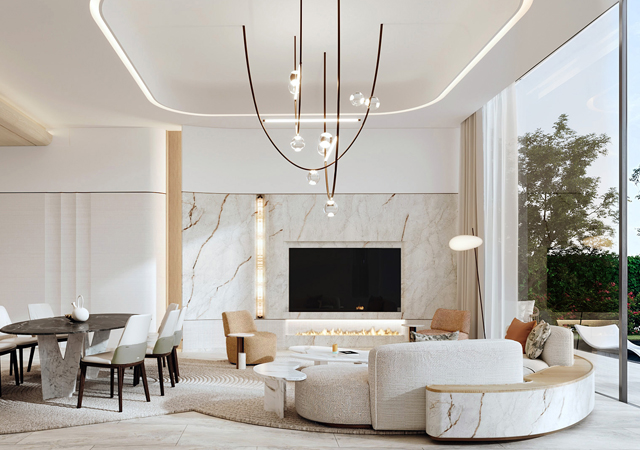
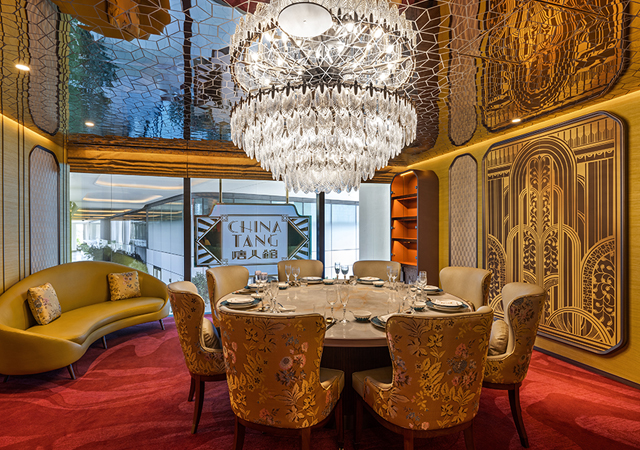
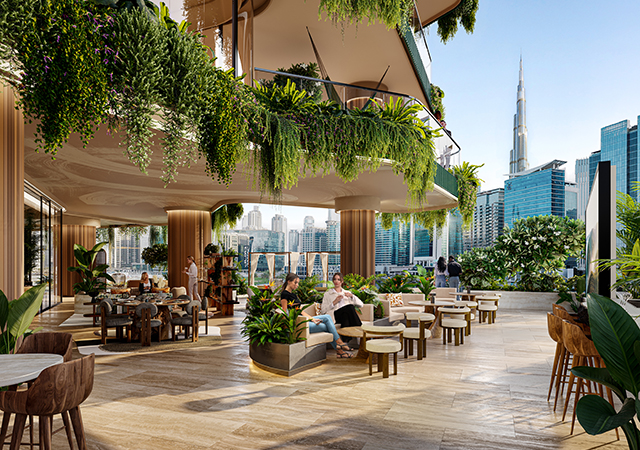
.jpg)
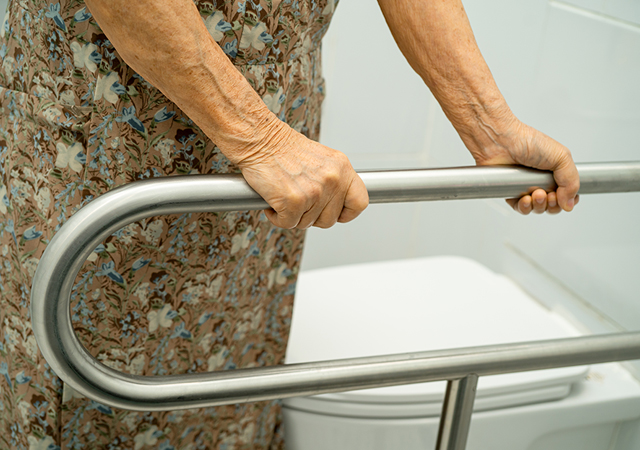



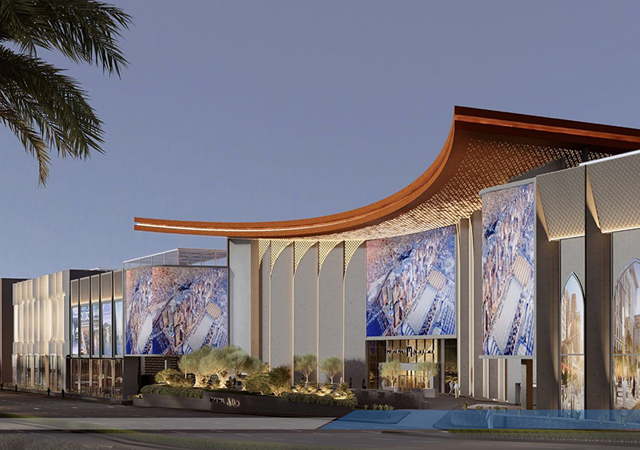
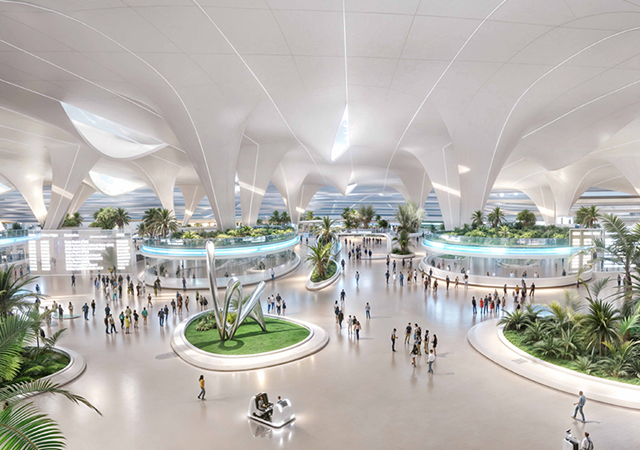
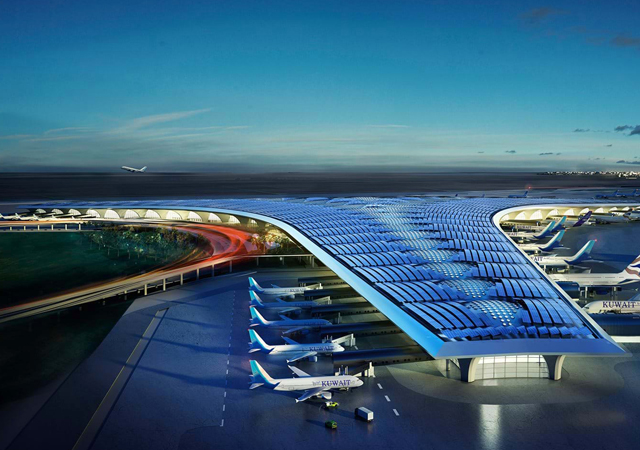
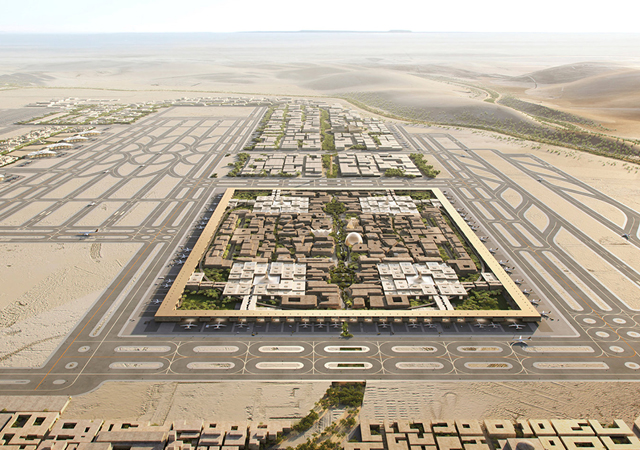
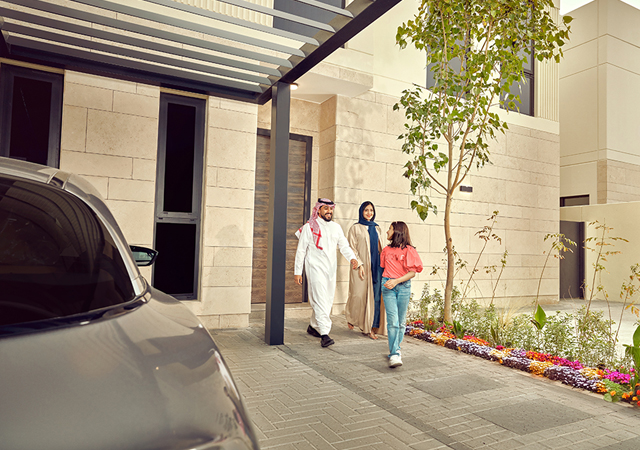
.jpg)
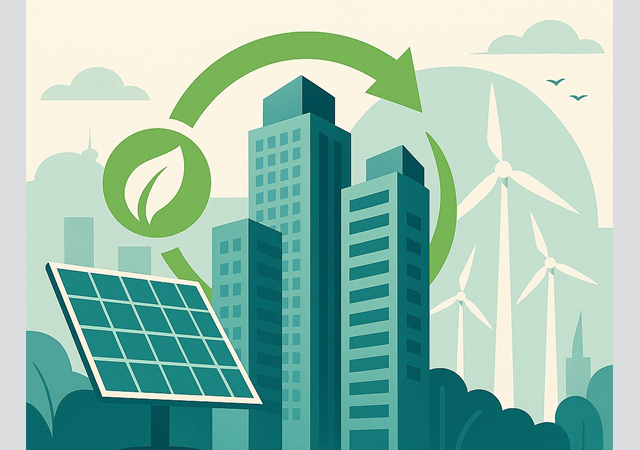
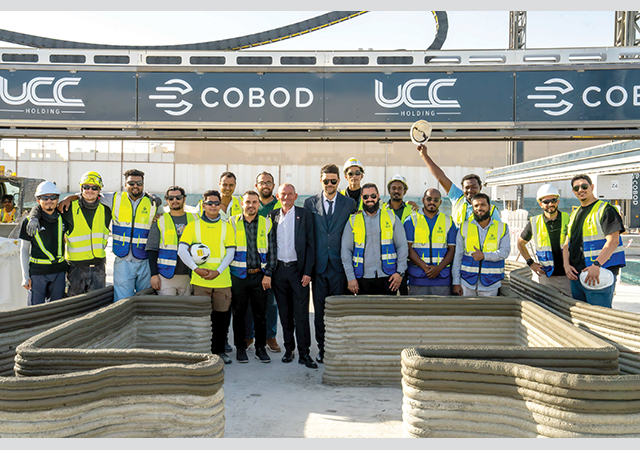
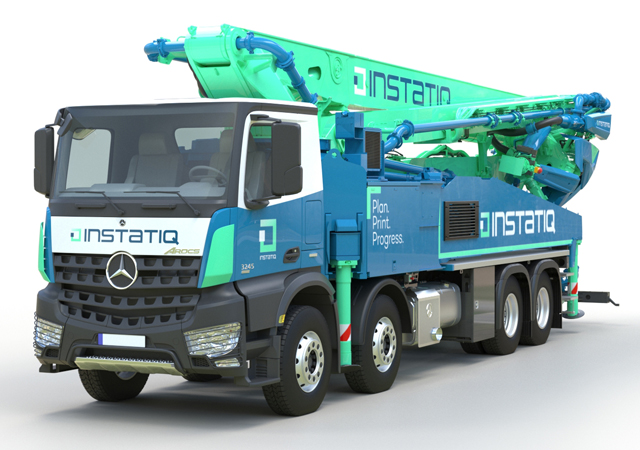
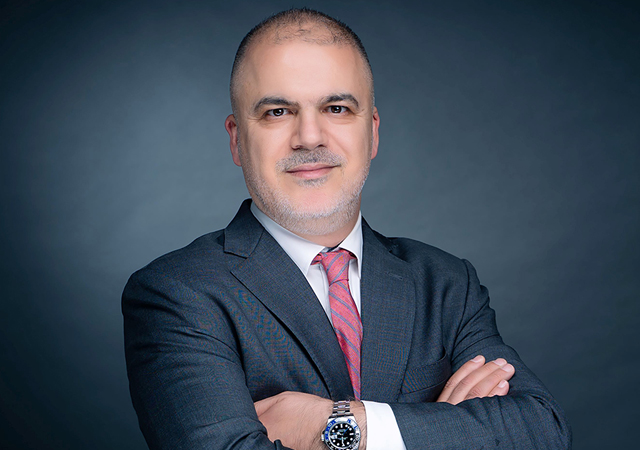
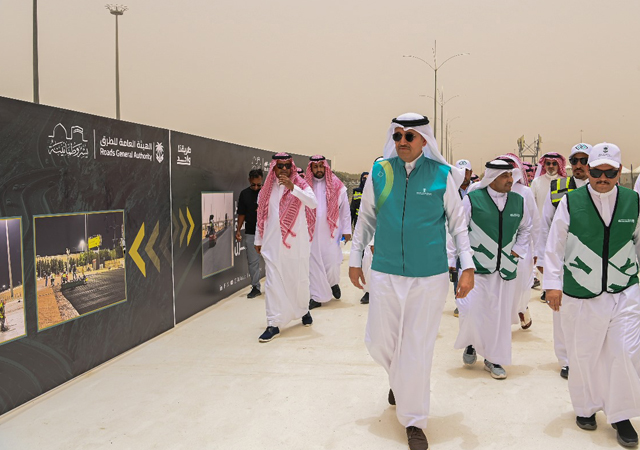
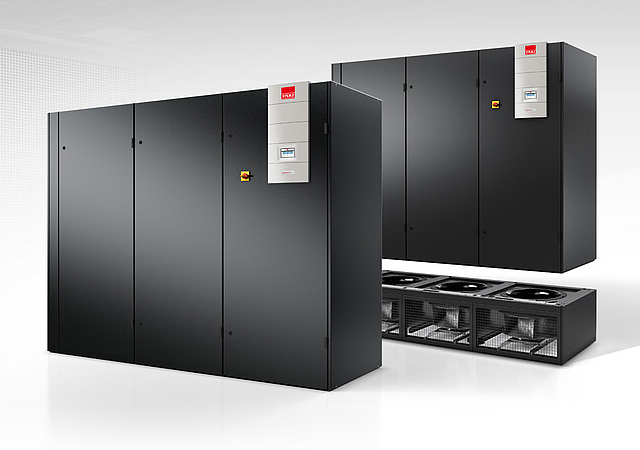
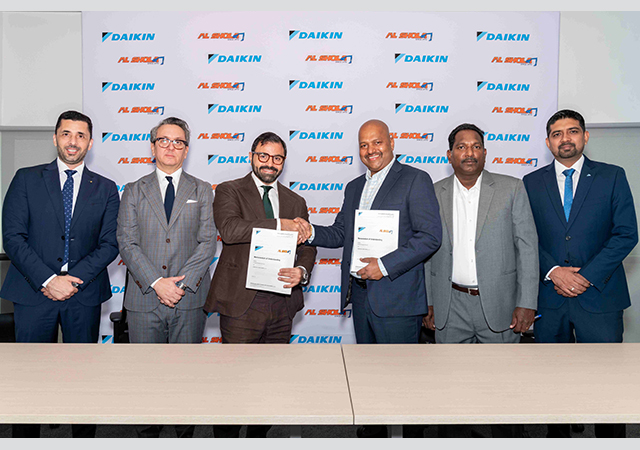

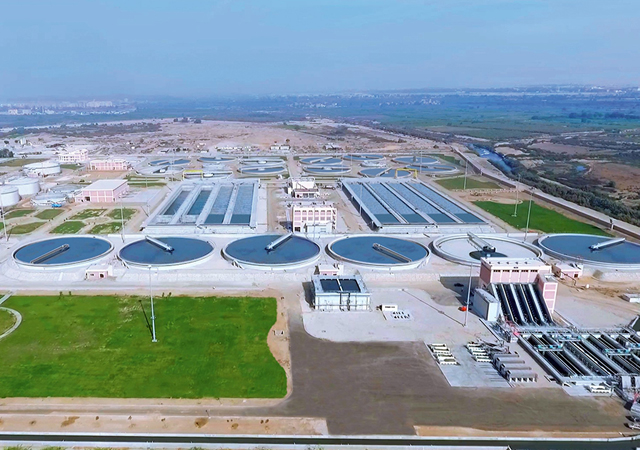
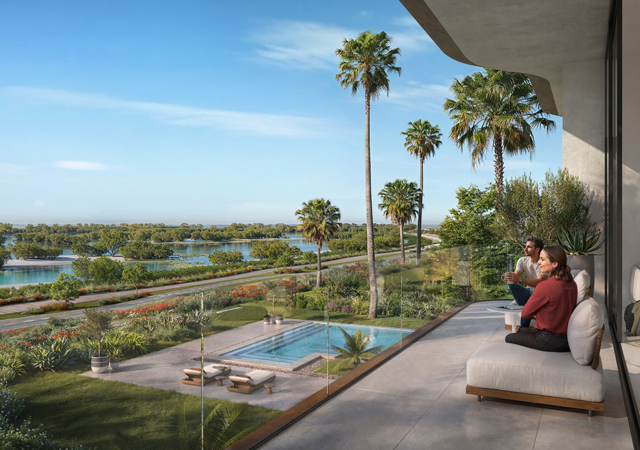
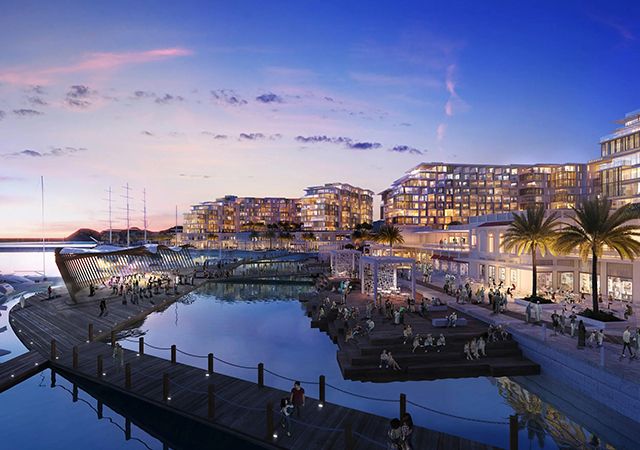

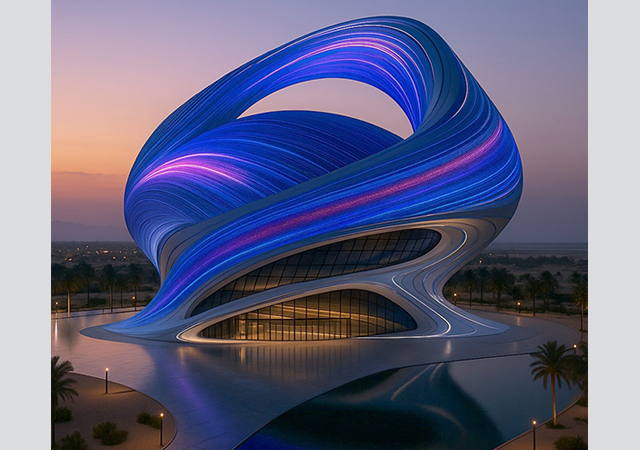
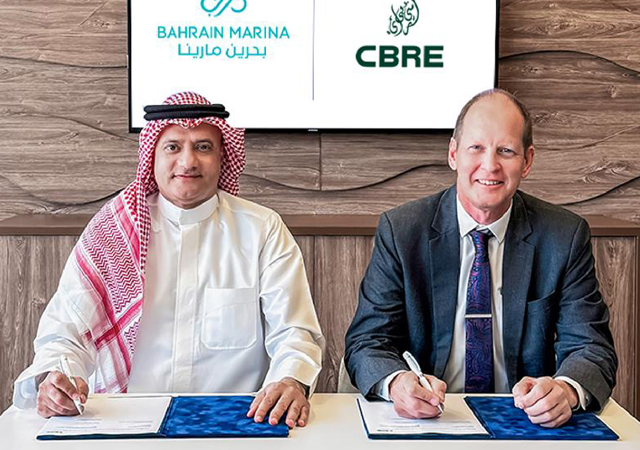
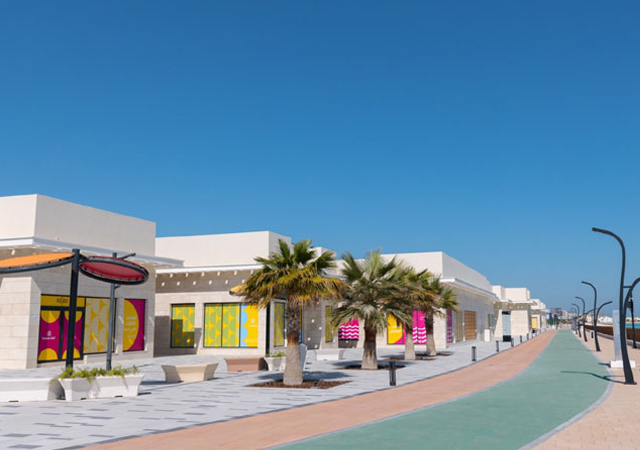
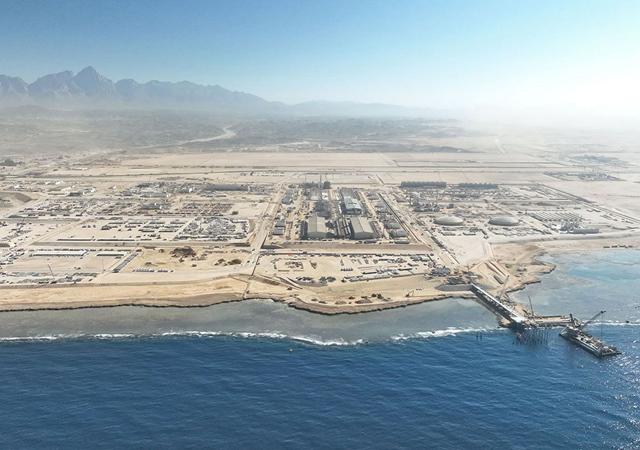
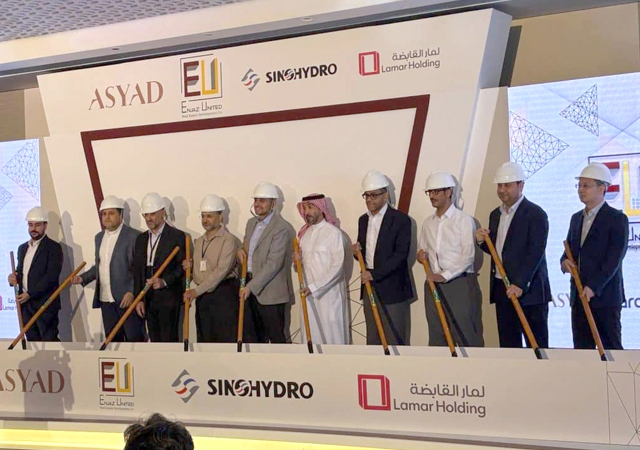
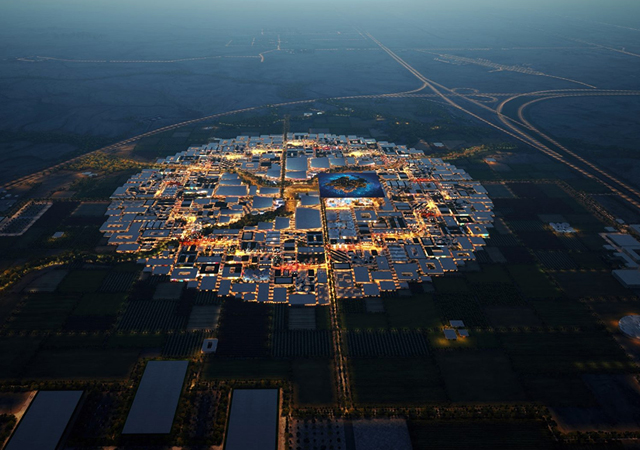
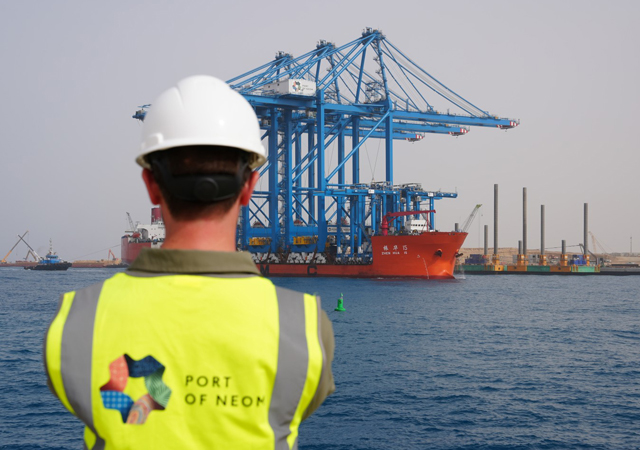
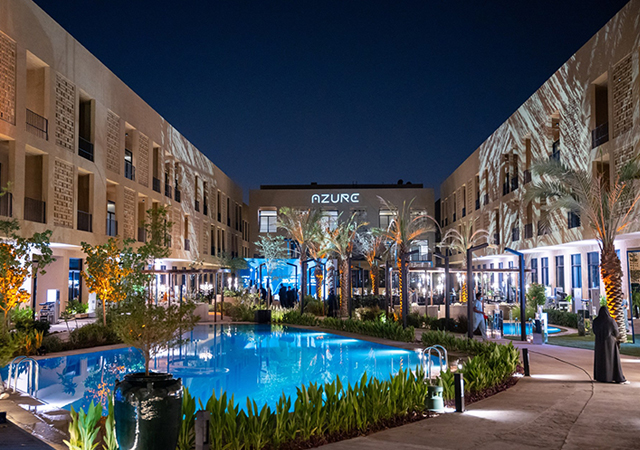
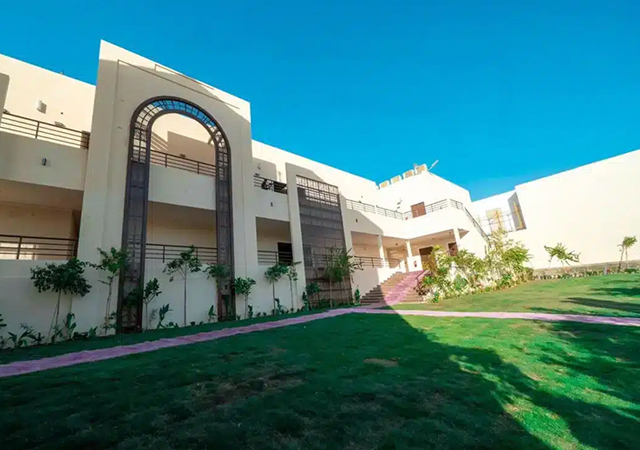

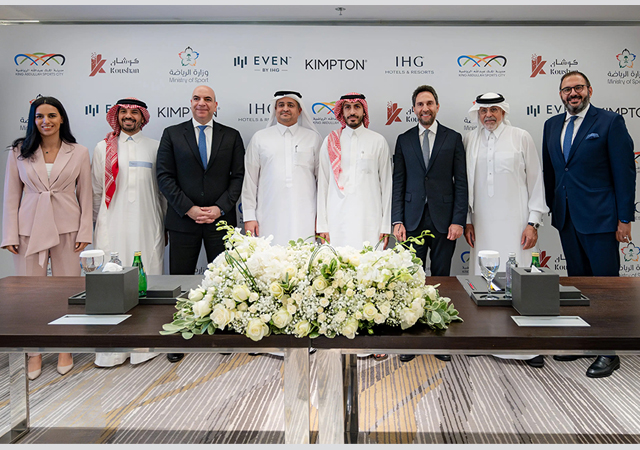
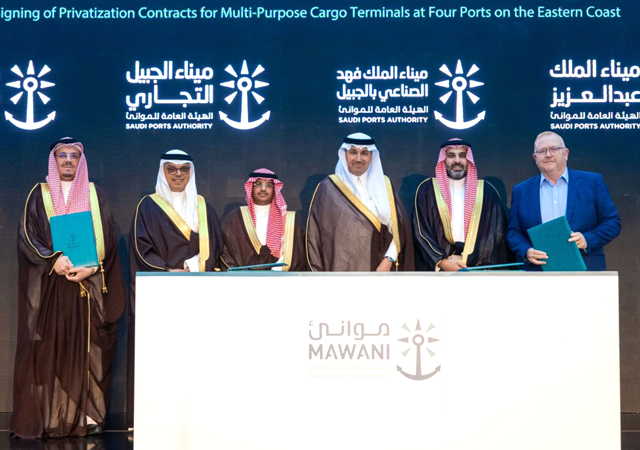
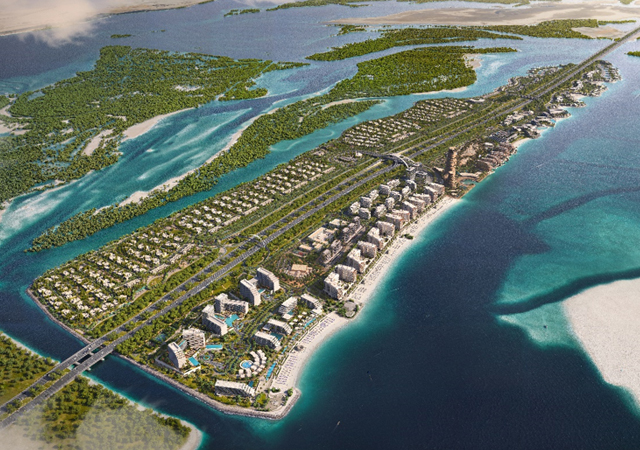
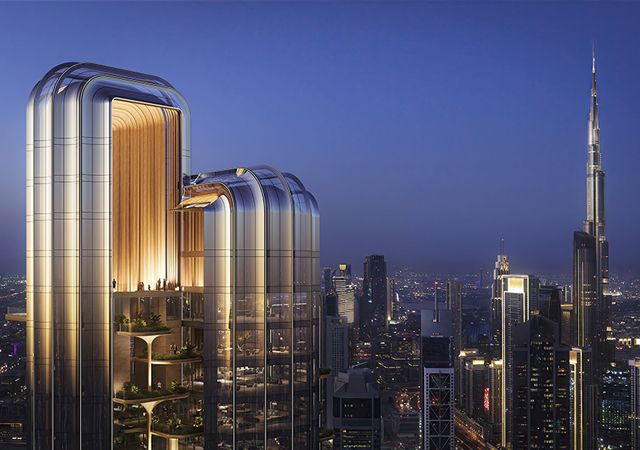
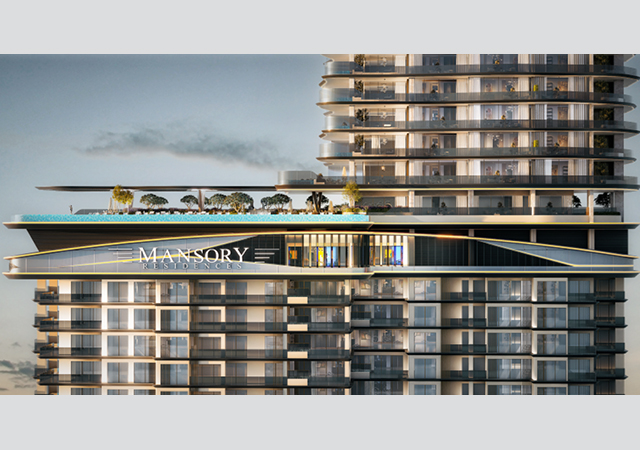
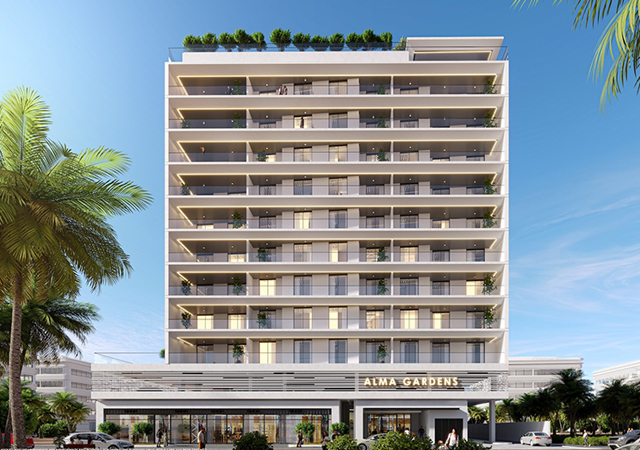

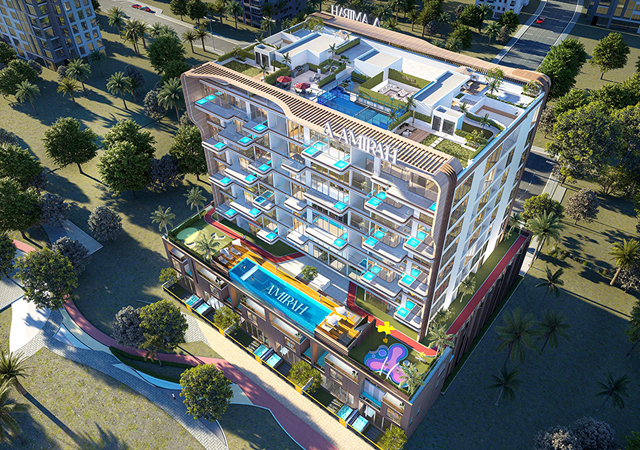
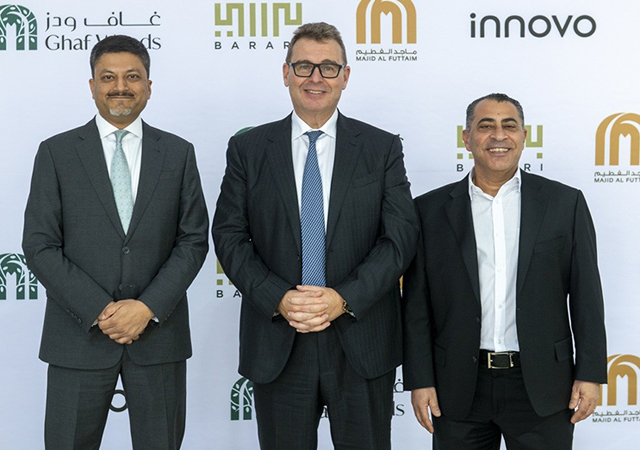
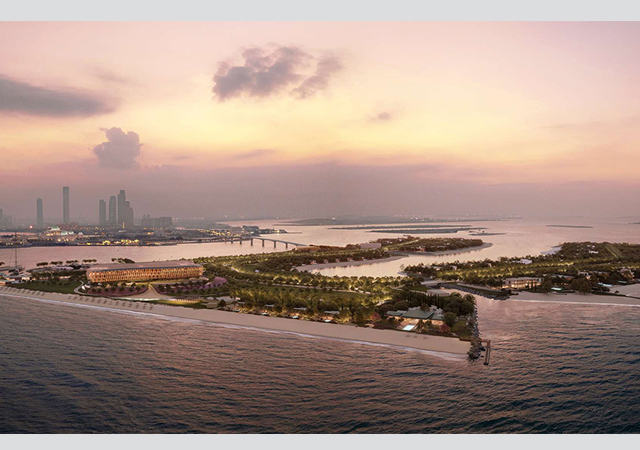
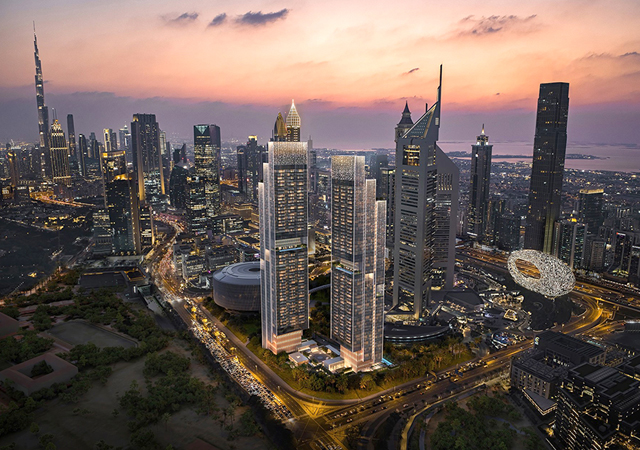
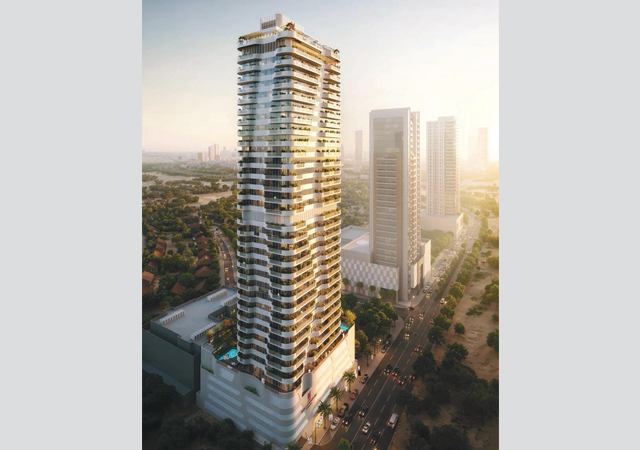
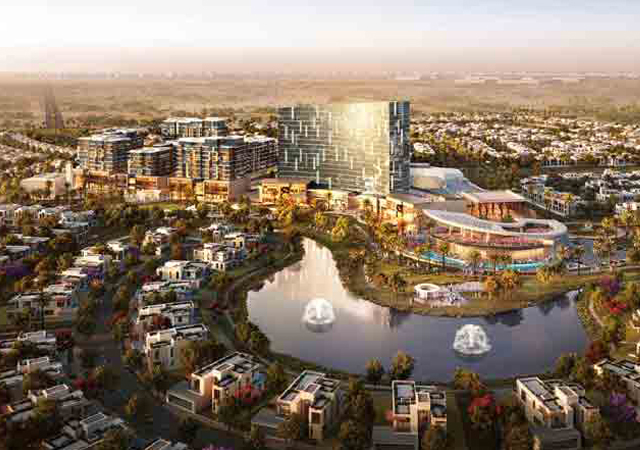
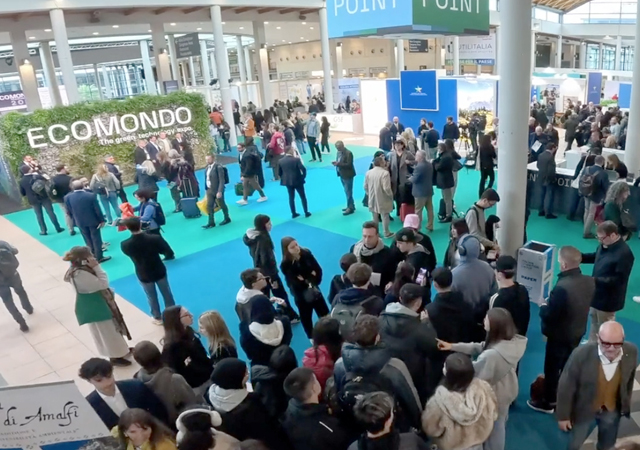
.jpg)











